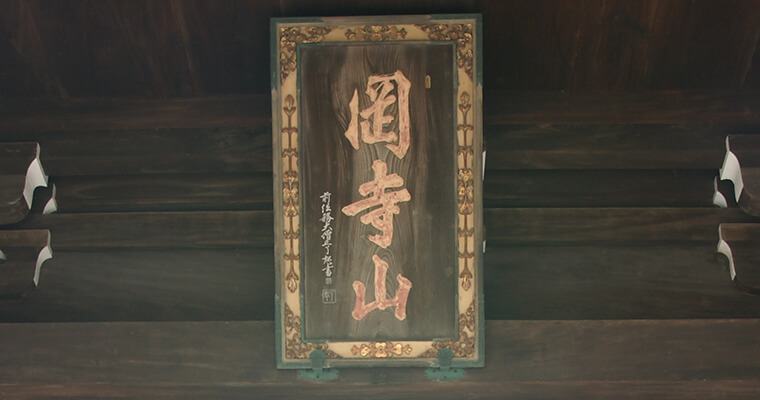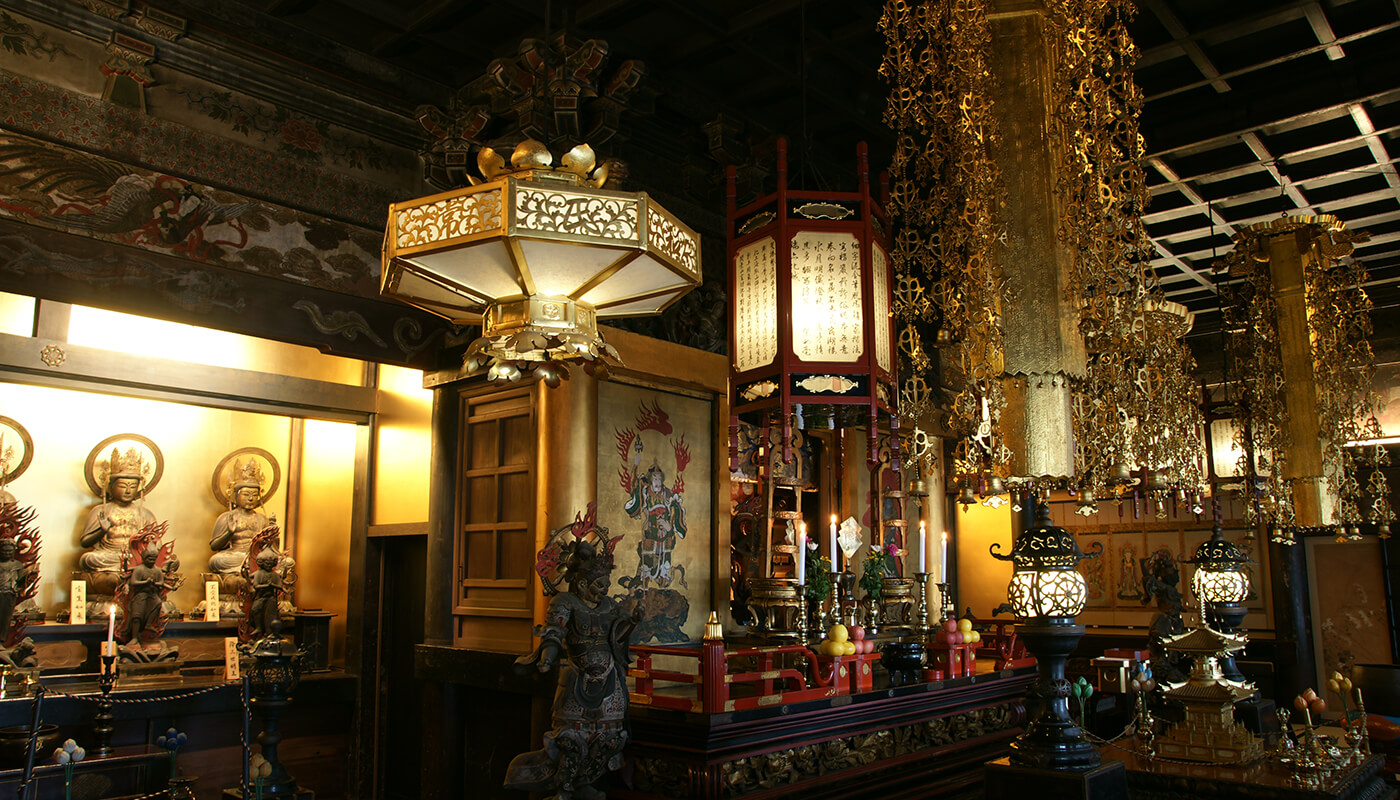Number 8Keishō-ji temple
History of the temple
According to old records, in the year 743 when Emperor Shōmu (701-756) was planning to make the statue of Great Buddha in Nara, he sent Gyōki (668-749, a famous monk who traveled around Japan to preach to commoners) to Ise Shrine to consult the Goddess of the Sun Amaterasu on the matter. Gyōki received the divination and according to it built four temples in Ise area, placed Nyoirin Kannon (Omnipotent Kannon) statue in each and prayed for success of the plans of the Emperor. Keishō-ji is the only temple of these four that survived to this day.
Gyōki received a divine message from Kannon (the one that would be later worshiped in Keishō-ji) who promised protection during the construction of the Great Buddha. When he told the Emperor about his vision, Emperor Shōmu, who was 42 years old at the time (which was believed to be unlucky year in a man’s life), decided to move the Nyoirin Kannon statue to his palace and ask for expelling the bad luck during that year. After a year Emperor issued a decree and order to build a hall for Kannon in the original temple’s grounds and move the statue back to its place. He wrote down a name on a tablet and presented it officially naming the temple Nyoirin-in. The temple became the first sacred ground in Japan which would specialize in expelling of bad luck.
The temple’s name Keishō-ji comes from a monk named Keishō, who rebuilt the temple after it was destroyed by a big flood in 750.
In 802 Kūkai (Kōbō Daishi, 774-835, the founder of Shingon sect) when staying at this temple, sculpted statues of Fudō Myō-ō (Immovable Wisdom King) and Bishamon (God of Treasure, Wealth, & Warriors) and placed them on the altar as attendants of Goddess Kannon. Since then Keishō-ji became a temple belonging to Shingon sect of Buddhism.
In 1581 the temple received land from Gamō Ujisato (1556-1595), the Lord of the Matsusaka Castle, and moved to its present location from Ishizu in Iitaka district. From that moment a history of nowadays Keishō-ji started. The temple revived to its former glory thanks to Seizan – the first abbot of the temple after movement.
In August of 1997 the Main Hall, together with other buildings and the Main Gate, were dismantled and repaired. During the renovation works, an old sign originally staked to a building’s ridgepole, ritual arrows (to fend off bad luck) and vessels with five grains (wheat, rice, beans, millets: awa and kibi) which all were used for ridgepole-raising ceremony had been discovered. All of them are important evidence that tell us the temple’s history.
The temple is commonly known as Okadera Kannon and it is famous for its power of expelling bad luck.
Every year at the first “horse day” of and old calendar, which nowadays is celebrated at the beginning of March, a three day festival Yakuyoke Hatsuuma Taisai (Grand Festival of Expelling Bad Luck on the First Horse Day of the Year) is held. It is the biggest event held at the temple and each year many people come from far to take part in it.
Throughout the temple’s history Keishō-ji was visited by many famous writers, poets and artists. Among temple’s possessions there are many precious calligraphies made by a famous calligrapher and painter Ike no Taiga (1723-1776). Other example is a highly praised copybook of calligraphy issued by this temple and made by a print artist – Kan Tenju (1727-1795).
Keishō-ji is a temple number 20 of Tōkai Shinsaigoku 33 kasho Pilgrimage, number 81 of Mie Shikoku 88 kasho Pilgrimage and number 26 of Tōkai 36 Fudōson Pilgrimage.

Outline
-
Honorific name
Okaderasan
-
Temple's name
Keishō-ji
-
Sect
Kōyasan branch
-
Religious service
Nyoirin Kannon
(Omnipotent Kannon)

Details
-
Address
Mie Prefecture Matsusaka Nakamachi 1952
-
Phone number
0598-21-0965
-
Stamp place
Temple's counter
-
Opening hours
8:00 - 17:00
-
Official website




